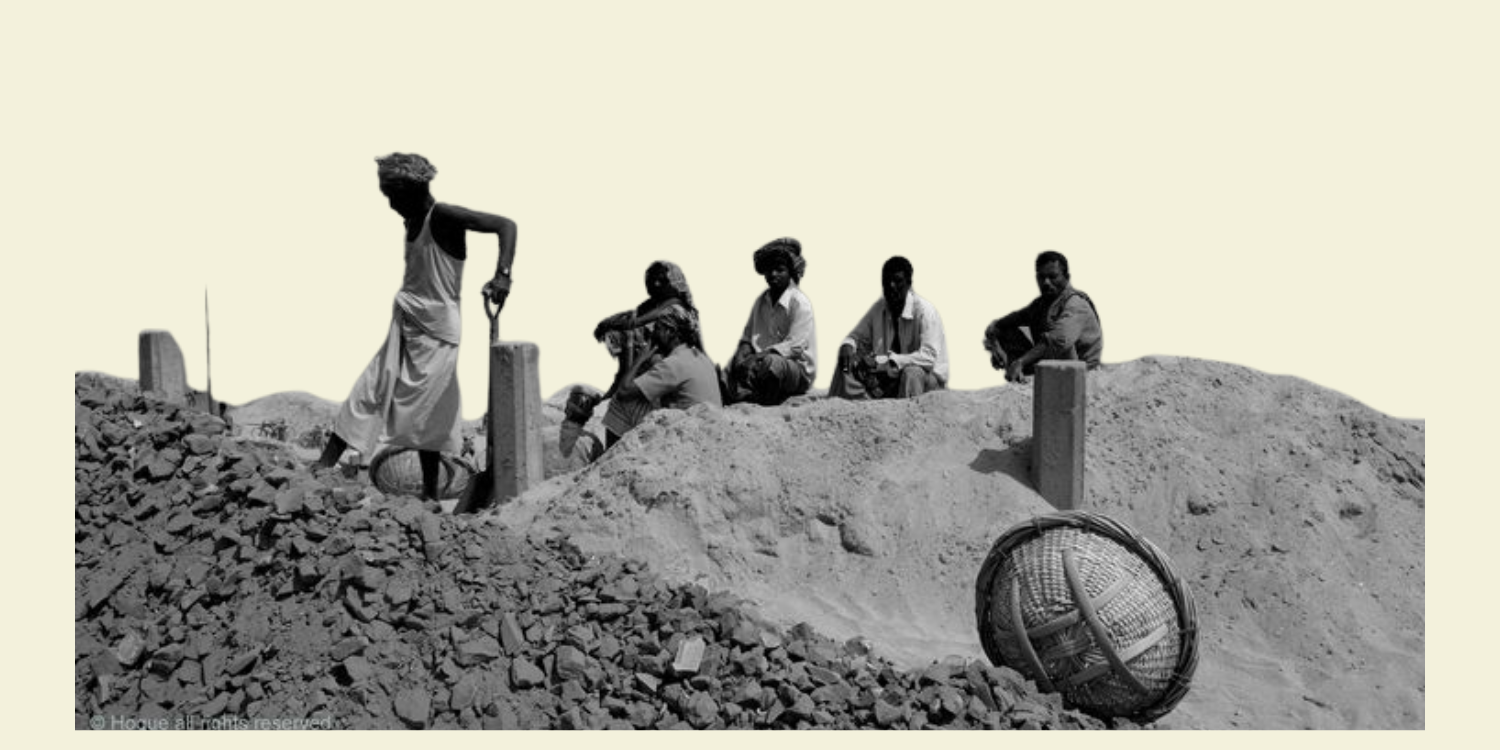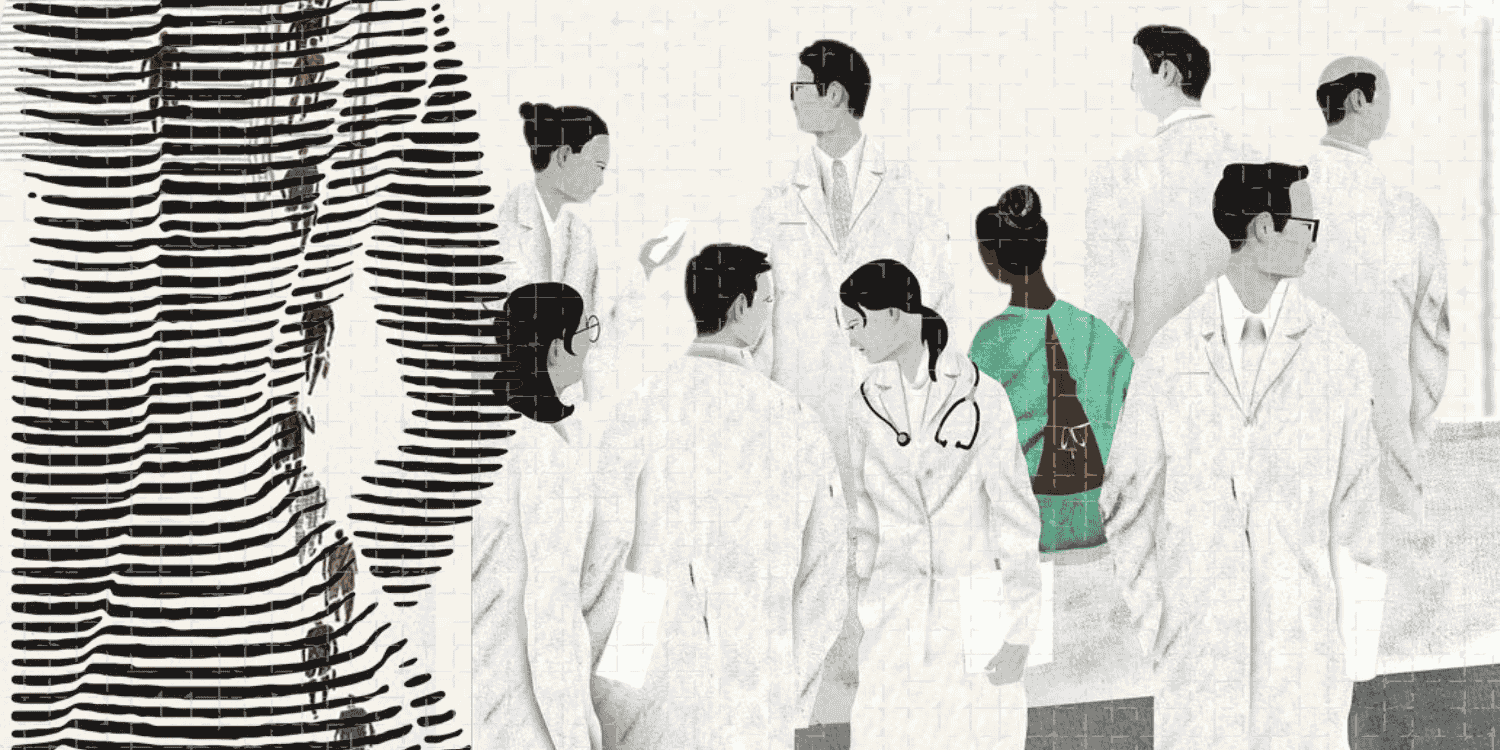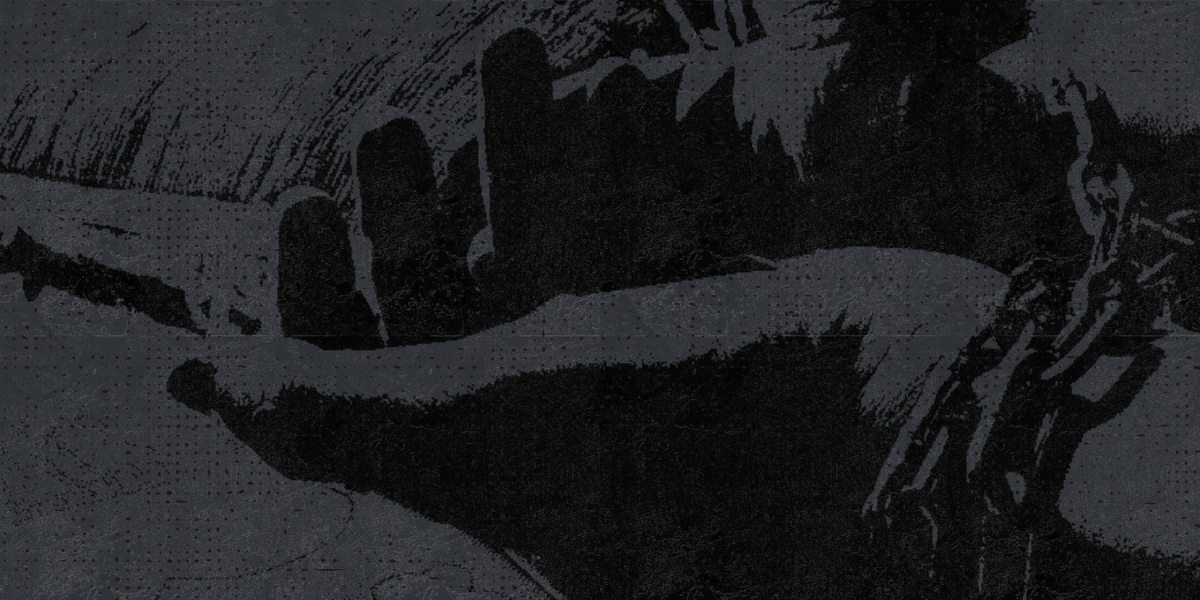Authored by: Anhad Hundal
In India, the last decade has seen major legal battles being held in the fight for LGBTQIA rights, ones that have brought these issues to the forefront of public discourse. The fight for self-determination and equality goes beyond framing the legal definitions of inclusiveness and dignity, as it goes on to address the ways in which socio-economic and structural discriminations affect the lives of people belonging to the LGBTQIA community. This was also highlighted in the Navtej Johar judgment which struck down Section 377; “Equality does not only imply recognition of individual dignity but also includes within its sphere ensuring of equal opportunity to advance and develop their human potential and social, economic and legal interests of every individual and the process of transformative constitutionalism is dedicated to this purpose” (P. 104).
This paper attempts to highlight the discussions surrounding LGBTQIA rights in India over the past decade. It posits legal verdicts that have defined various mobilisations of sexual minorities in the country, while noting the lack of data available regarding LGBTQIA communities as a representative group for a variety of reasons.
The major themes present include; the porous boundaries between public and private spheres; the conceptualisation of sexual minorities as rights-bearing citizens of India; the role of globalisation and media platforms, and finally the ways in which these multi-dimensional understandings are further complicated by other identities like class, caste, geography, religion and disability.
The way forward now that Section 377 has taken its last breath is not entirely clear. This paper attempts to highlight a spectrum of debates and opinions put forth. This is substantiated by arguments to decriminalise begging, to argue for marital rights and illustrate the marginalisation felt by these communities in the sphere of health and education in order to address them – and posits that efforts to articulate sexuality in spaces other than the few privileged ones is perhaps the only way forward.
INTRODUCTION
In defining what LGBTQIA (Lesbian, Gay, Bisexual, Transgender, Queer, Intersex, Asexual) rights mean, there are multiple explanations which vary from country to country, region to region, and even organization to organization. Based on historical, cultural, and socio-economic realities, these definitions nonetheless
offer certain universal understandings; firstly that sexuality is an integral part of a person’s identity, and secondly that, given this, fighting against the everyday discriminations LGBTQIA communities face is essential in the constitution of their human rights, which include their right to equality, life and liberty.
These rights encompass a multitude of spheres, material and ethical, including employment, health, marriage, adoption and education among others, within the purview of the nation-state and outside of it.
[ohio_button layout=”fill” shape_size=”large” shape_position=”left” full_width=”1″ icon_use=”1″ link=”url:/wp-content/uploads/2021/01/Section-377-and-Beyond.-LGBTQIA-Rights-in-India.pdf|title:Read%20More” icon_as_icon=”linea-basic-eye” title_typo=”{“font_size“:““,“line_height“:““,“letter_spacing“:““,“color“:“#262626“,“weight“:“inherit“,“style“:“inherit“,“use_custom_font“:false}” title_typo_hover=”{“font_size“:““,“line_height“:““,“letter_spacing“:““,“color“:“#262626“,“weight“:“inherit“,“style“:“inherit“,“use_custom_font“:false}” color=”brand”]





